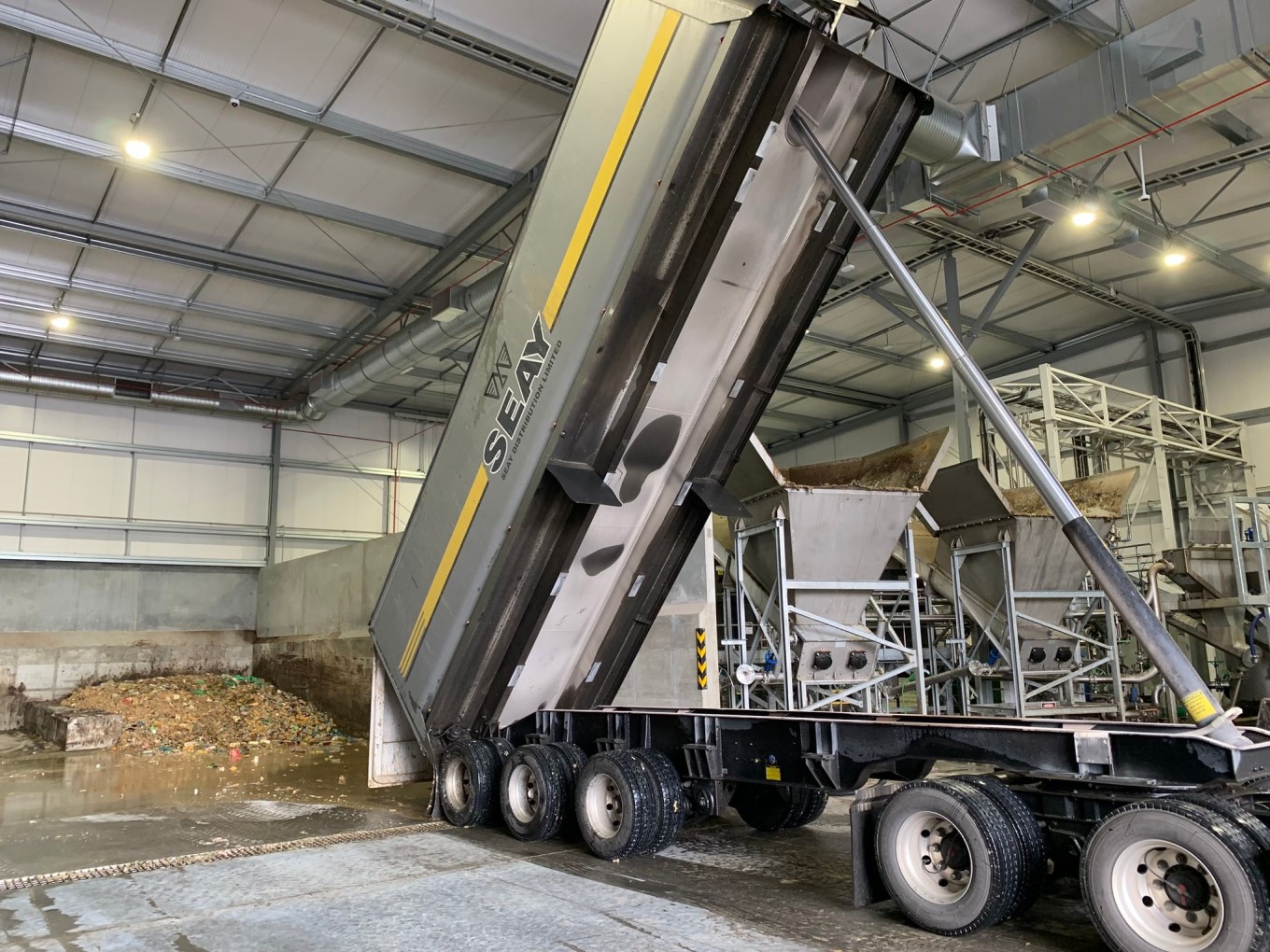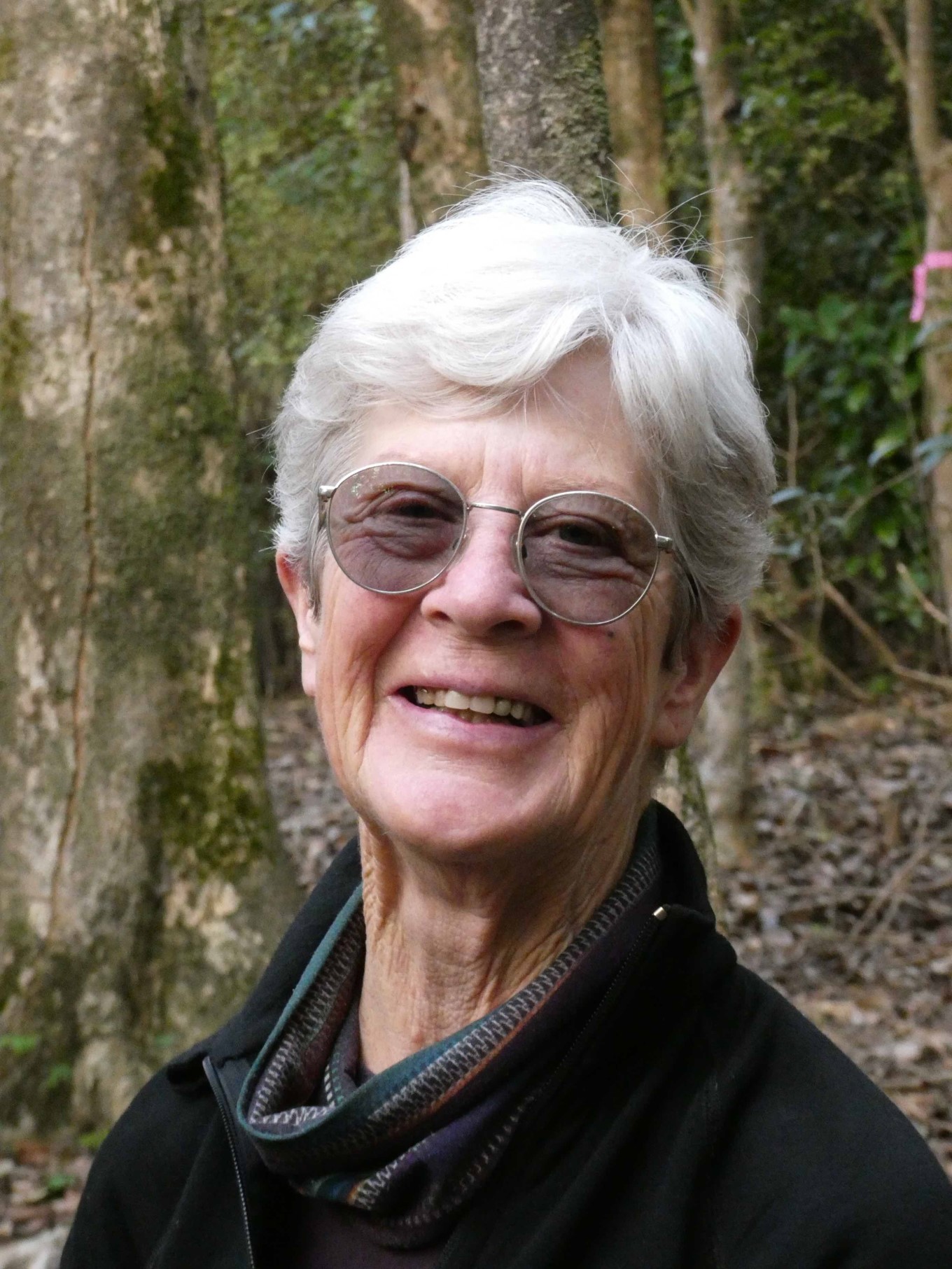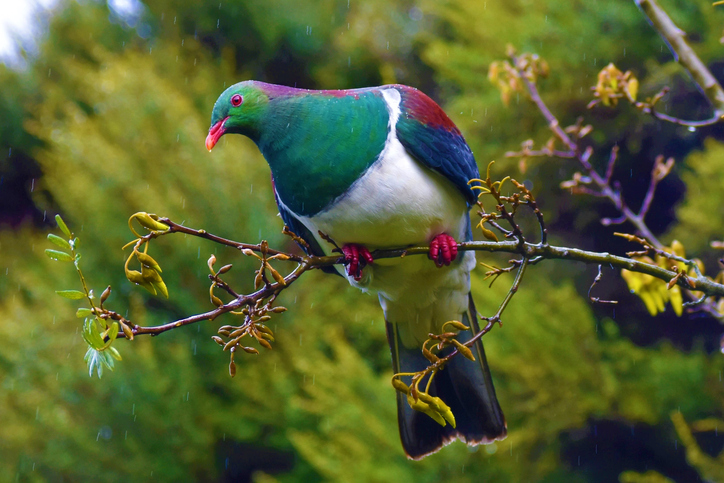The impacts of climate change have hit Tāmaki Makaurau hard this year, through more intense rainfall events, rising sea levels and higher temperatures. While reducing emissions is vital to addressing the climate emergency, our climate action plans include a variety of other initiatives. Here are three of them:
Zero-waste by 2040 – Reducing food waste
Whether it’s scraps or uneaten food, food waste often ends up in landfill where it decomposes and releases harmful greenhouse gases (carbon dioxide and methane). Food waste is created in two main ways, both of which we are targeting.
Firstly, Aucklanders throw out tonnes of perfectly good food each year which could have been eaten but, for various reasons, was not. Auckland Council is one of the 52 councils and community groups who support Love Food Hate Waste in their efforts to reduce the amount of edible food thrown out each year.
Secondly, the food scraps we toss out make up nearly half the weight of the average household’s rubbish. If you have a garden, many of these scraps can be turned into compost, but technology now exists in New Zealand for them to be collected and converted into renewable energy and fertiliser.
Parul Sood, General Manager Waste Solutions at the council, says around 180,000 lockable 23-litre food scrap bins with kitchen caddies and compostable liners have so far been distributed to Auckland households. It’s part of the service rollout that aims to cut food scrap waste by 30 per cent.
Since the start of the rollout 1400 tonnes of food scraps have been sent to Ecogas’ organics processing facility in Reporoa, which uses anaerobic digestion to turn food scraps into liquid fertiliser, and biogas that is then converted into renewable energy, which is used in greenhouses to grow more food.

The Urban Ngahere (Forest) Strategy – Quantity and quality
As temperatures rise, we need to make our urban areas cooler, and we’ll also require ways to slow water run-off during heavy rain to reduce pressure on stormwater systems. Planting more trees can do both – and more.
Our Urban Ngahere (Forest) Strategy aims to increase regional tree canopy cover to 30 per cent across urban areas, and at least 15 per cent in every local board area by 2050. The council has an annual tree planting programme and, on average, plants around 10 hectares of new trees each year in regional parks and thousands of trees in the road corridor and local parks. The tree planting effort is enhanced by other initiatives, such as increasing the capacity of local tree nurseries and planting fruit trees in parks. Work is now underway in the central city to turn Victoria Street into a linear park (Te Hā Noa), with a swathe of vegetation creating a green corridor connecting Albert Park to Victoria Park.
Howell Davies, Urban Ngahere Specialist at Auckland Council, says the species of tree selected for planting is now more important than ever. It is essential that only tree species that are climate ready are being planted to ensure the urban forest is resilient to rising temperatures. Council is continuously reviewing the resilience of tree species alongside the impacts of climate.
The council is also now starting to use the i-Tree Eco software developed by the United States Forestry Service and specially adapted for New Zealand to gather information about individual trees. This provides data about the ecosystem benefits the trees provide, including their ability to reduce pollution, sequester carbon, produce oxygen, retain (intercept) stormwater runoff, and enhance the energy savings of nearby buildings.
The software can be downloaded for free and can be used to assess existing trees and predict the benefits of planting in specific areas. The use of the software is expected to assist not only council, but also community groups, volunteer organisations, schools, and housing developers.
Pest Free Auckland – Ensuring natural environments flourish
Planting the right trees in the right places is vital for addressing the climate emergency. To safeguard biodiversity and restore council-managed land, Auckland's Pest Free initiative collaborates with landowners and groups to control pests and plant native species on public and private land.
Wendy John is one of the cofounders of Ngā Ringa o Te Auaunga Friends of Oakley Creek, which has been working since 2004 on restoring central Auckland’s longest stream and its surrounding environment. The group is one of the most successful and busiest in Tāmaki Makaurau, coordinating hundreds of volunteers from community groups, educational institutions and corporate and organisations to plant trees, trap pests, pull out weeds, monitor water quality and grow native plant seedlings.

One of the biggest supporters of Ngā Ringa o Te Auaunga is Auckland Council, which allocates funding and provides equipment like animal traps. Wendy says there’s a huge difference in the environment since the group was established in 2004. In the first six months of its trapping programme, around 150 possums were caught – that’s down to just two or three now.
Planting more native trees also means welcoming more native birds. “Kererū used to be quite rare so the first time I saw them there, I was so excited,” says Wendy. “We’ve even had a couple of kākā who have flown over from the Hauraki Gulf.”
Last year, Ngā Ringa o Te Auaunga ran 271 events – not including trapping and guided walks – providing numerous opportunities for the community to join forces to ensure the natural environment flourishes.

The caption gooes here


